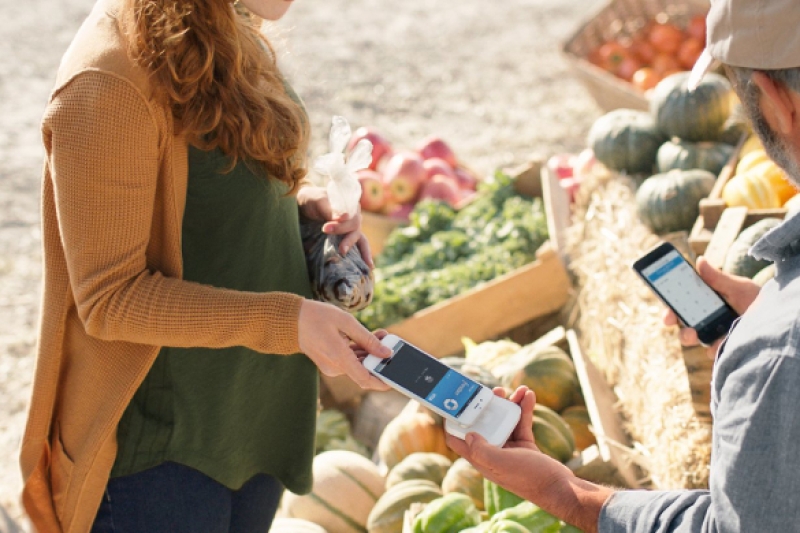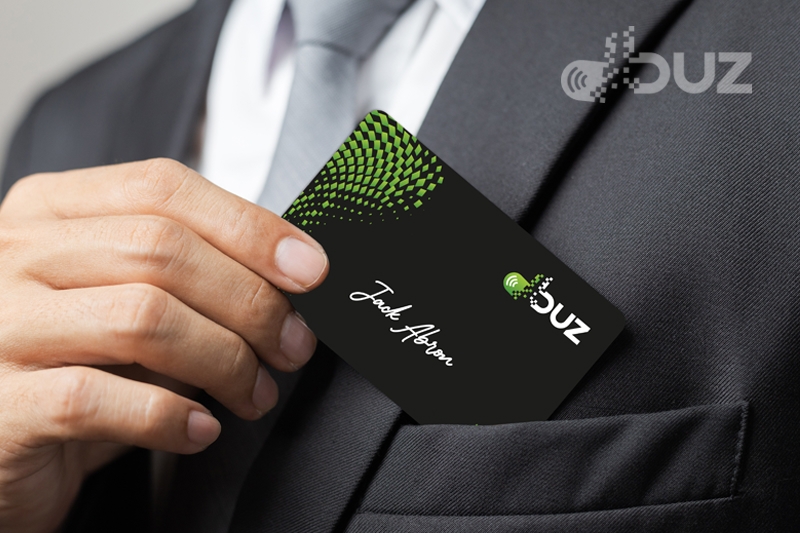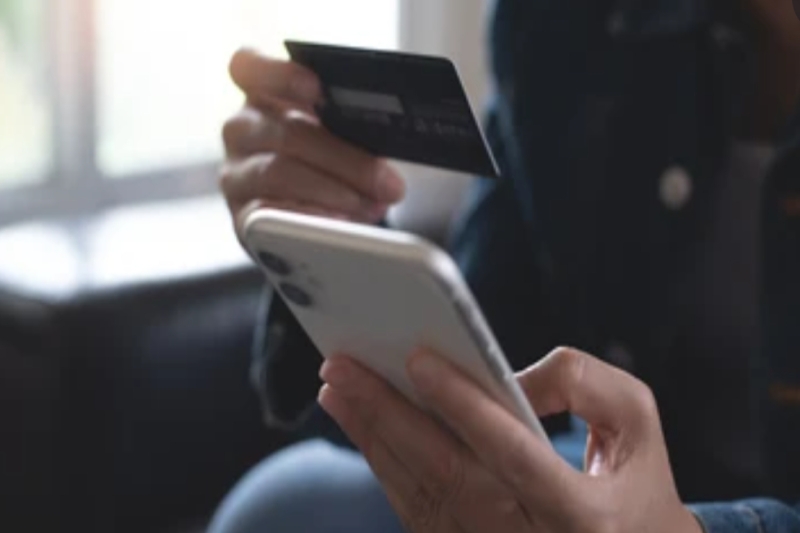What is NFC?
NFC (Near Field Communication) is what enables two devices to communicate wirelessly when they’re close together.
NFC, which was introduced in the early 2000s, uses a specific RFID frequency (13.56MHz, to be exact) for close-range communications and is a subset of something called RFID (radio-frequency identification), a technology that allows us to identify things through radio waves.
To date, one of the most common uses for NFC is identification cards to gain access to places like office buildings and private garages; as well it’s been used for decades for things like scanning items in grocery stores and luggage on baggage claims and tagging cattle. But increasingly, NFC is being used to power something called “contactless” payments.
You’ll need to get a new NFC enabled phone to accept any NFC card.
Is NFC secure?
The idea of using a mobile device and a proximity tapping solutions can make some people uneasy. But NFC transactions are extremely secure, way more secure, in fact, than magnetic-stripe cards.
As opposed to the data on a magnetic-stripe card (which is static, all data are right there on the back of your card), the data involved in an NFC transaction is encrypted and dynamic, meaning it’s constantly changing.
NFC mobile payments for example are dynamically encrypted, making them one of the most secure ways to pay. NFC is the technology that enables contactless payments such as Apple Pay, Android Pay, ...
How does NFC work?
In an NFC transaction, all you have to do is to tap or hover your device to a card or a phone.
NFC is the technology that’s at play here. It’s the way the mobile device and the NFC enabled Point of Sales talk back and forth to each other or the NFC card and the mobile device who will act as a Point of sales device. The devices do have to be close, though (that’s where the “near” part of near field communication comes in). For a contactless payment to go off seamlessly, you usually must hold your phone two inches or less from the reader, same for the NFC card from the phone.
When a contactless transaction is initiated (by a customer holding or tapping a mobile device to the payments terminal or by a customer holding an NFC card tapping a mobile device), the NFC technology goes to work. Using that specific frequency we talked about, the NFC transaction pass encrypted information back and forth to each other to complete the acion. This all takes just seconds.
Speed is one of the coolest parts of NFC transactions. It takes a fraction of the time of magstripe and chip card transactions, and they are much faster than cash.
EMV and NFC: What’s the difference?
You may hear EMV and NFC lumped together in discussions. That’s because they both represent the next wave of more secure, authenticated payments (since they’re both encrypted to protect against counterfeiting). However, EMV and NFC are different technologies.
Near field communication (NFC) is associated with mobile contactless payments like Apple Pay. EMV® developed and managed by American Express, Discover, JCB, Mastercard, UnionPay, and Visa is associated with chip card payments.
A quick refresher on what’s happening here: progressively all payments have moved toward chip cards (instead of magnetic-stripe cards) as the standard. These new chip cards are a lot more secure than the magnetic-stripe cards we currently carry and have been proven to cut down on counterfeiting. Countries that have already made the switch to EMV have seen a dramatic reduction in certain types of credit card fraud.
As a business, you’ll want to set yourself up to accept EMV soon. That means you’ll need a new point of sales device or terminal, because chip cards are dipped instead of swiped. You can get a payment terminal that accepts both EMV and NFC transactions to make sure you can accept all the latest, most secure forms of payment from your customers.
Both EMV and NFC are ‘authenticated’ payments.
Why should I accept NFC?
NFC-enabled Solutions are the future for three key reasons: they’re secure, fast, and convenient. Let’s dive a little deeper.
More secure
NFC transactions are as secured as EMV transactions and as people start to realize what it’s like to pay with chip cards, they’ll likely turn to NFC transactions especially that they’re as secure as EMV. We’ve seen an exponential adoption pattern of NFC enabled contactless transactions after chip cards were standardized.
Faster
NFC is the fastest way to action - transactions take just seconds. NFC transactions are much faster than EMV transactions. The speed of NFC transactions is a huge plus for businesses. After all, fast transactions mean more sales.
More convenient
We’re getting used to doing everything on our phones. It’s to the point where some people feel naked without them. The fact that more and more people now have their phones at the ready makes NFC-enabled contactless transactions the most convenient way to make transactions.




